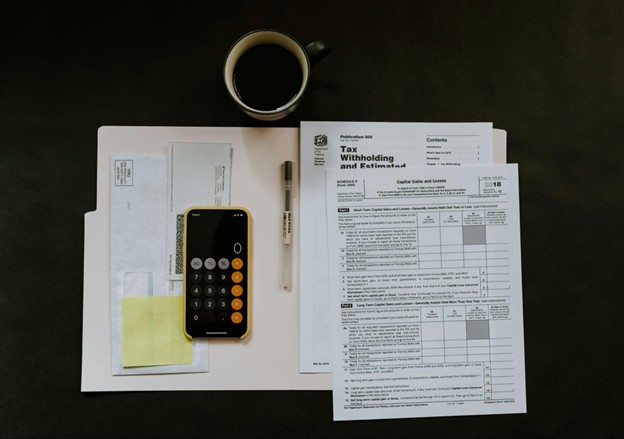Few annual rituals inspire procrastination quite like tax season. We know the routine: a desk piled with envelopes, a shoebox of receipts that once seemed like a system, and the vague memory that you promised yourself to do this earlier next year. Speed matters, not only for peace of mind but also because the IRS issues refunds on a first-come, first-served basis. The following six steps trim the fat from the process, helping you file faster and with fewer headaches.
1. Centralize Your Documents before You Log In
The fastest return begins long before you open your browser. Gather every W-2, 1099, mortgage interest statement, charitable donation record, and student loan document, then drop them into a single folder on your desk or your desktop. A drink coaster does not qualify. Once the paperwork exists in one location, use an easy online tax return platform to import the data automatically. Manual entry is the treadmill of tax prep: it feels productive until you realize hours have vanished and the scenery never changed.
2. Use a Personal Deduction Checklist
We all like to think we recall every deductible expense, yet most of us forget something obvious. Draft a one-page checklist tailored to your life. Home office space, state taxes paid, HSA contributions, educator expenses, and qualified retirement contributions belong on that sheet. Store the list with your tax folder so the information lives together and future-you is less cranky with past-you.
3. Automate Receipt Storage
Paper receipts fade. Digital ones disappear into inbox oblivion. Link your credit card accounts to an expense-tracking app, then tag transactions throughout the year. Five seconds per purchase saves you from sorting through twelve months of statements at midnight on April 14. Automation keeps your caffeine intact for more noble pursuits, like arguing over streaming passwords.
4. Schedule a Two-Hour Filing Block
Park the phone in another room. Close every browser tab unrelated to taxes. Silence that helpful friend who thinks multitasking is a personality trait. Two uninterrupted hours often finish the entire return, especially if steps one through three are already handled. Think of it as the tax equivalent of ripping off a bandage instead of slowly peeling it for a week.
5. Opt for Direct Deposit and E-File
The IRS processes e-filed returns with direct deposit in roughly three weeks. Paper returns take considerably longer and involve more people, machinery, and the statistical possibility that something gets lost. Select direct deposit, double-check the routing number, and keep the refund out of sight and out of mind until it appears. Few things slow a return like a typo in your bank details.
6. Review Last Year’s Return for Carryovers
Many credits and deductions carry forward if unused. Capital losses, foreign tax credits, and certain education credits can reduce future taxes, but only if you remember them. Pull last year’s 1040, scan the carryover lists, and enter the figures into this year’s return. Leaving free money on the table is one thing. Leaving it there two years in a row is a hobby best avoided.
A Final Thought
Taxes will probably never be fun, though some accountants insist otherwise. What they can be is efficient. Centralize documents, lean on automation, and commit a small block of focused time. The refund will land sooner, the folder will close faster, and your spring weekends will remain available for activities that do not involve Form 8949.

